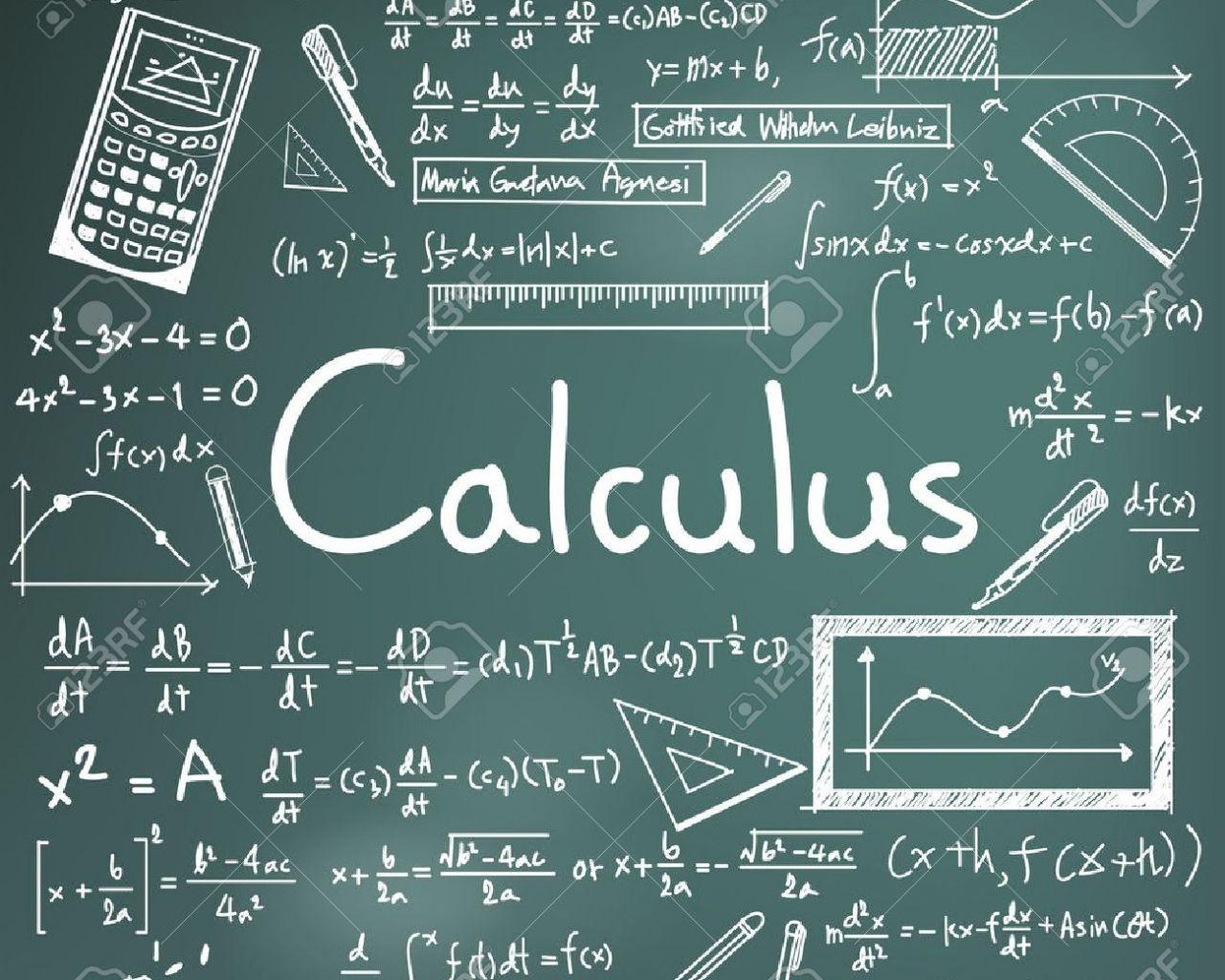
This notebook contains codes to let you quickly create “Cayley Tables” – operation tables that are commonly used to understand small groups and rings. Solving a linear system is a great example of both being able to understand and algorithm and then code it.ĭownload this or other Higher Algebra notebooks from Google Drive Cayley Tables The code works by first checking if a system is linear in given variables, then putting the system in matrix form, performing Gauss-Jordan elimination on the resulting matrix, and then converting the reduced matrix to standard Mathematica notation. This notebook contains some code we wrote in our Technology 2 class to solve systems of linear equations (essentially duplicating a very small part of the functionality of Mathematica’s Solve command). You can also choose to have the true eigenvectors or eigenvalues displayed for reference.ĭownload this or other Higher Algebra notebooks from Google Drive A “home-brewed” solver for systems of linear equations Of course you will only be able to do this if the eigenvalues for the linear transformation are real. Your vector will be an eigenvector if the result vector is a scalar multiple of it – that is, if it is in the same or opposite direction.

You can then drag around the terminal point of a vector (in red) and the computer will plot the image of your vector under the transformation in green. In this case you can enter in a linear transformation in x and y. This notebook gives a graphical demonstration of what it means to be an eigenvector. Important Note: The links for the notebooks open a new window or tab with a Google Drive page – the current settings for our homepages won’t allow me to host mathematica notebooks locally.

Mathematica Notebooks for Linear & Abstract Algebra Financial Aid & Costs Toggle Toggle Close.


 0 kommentar(er)
0 kommentar(er)
